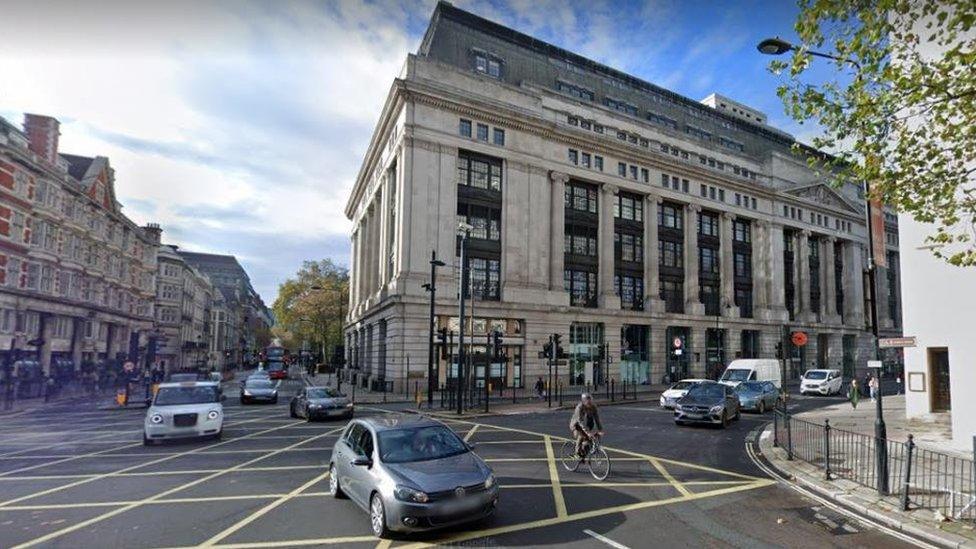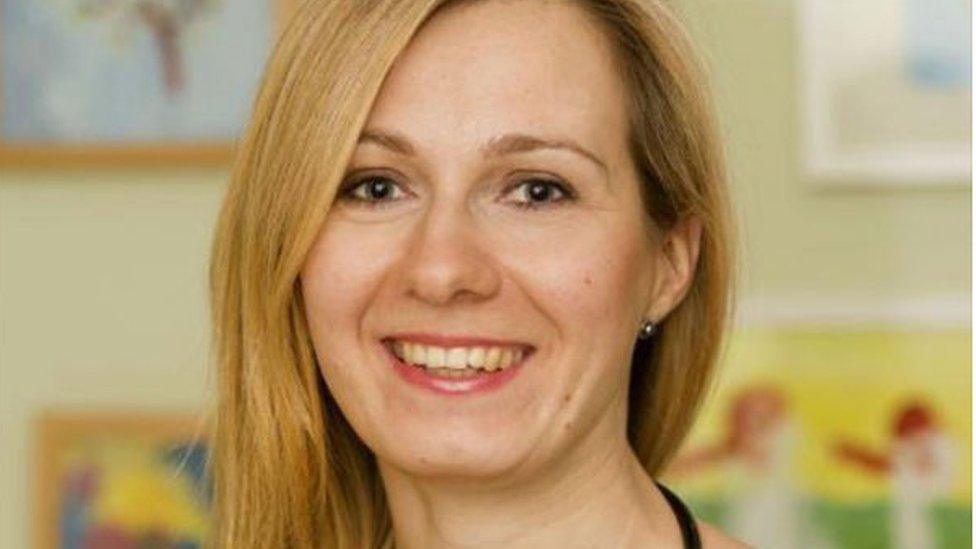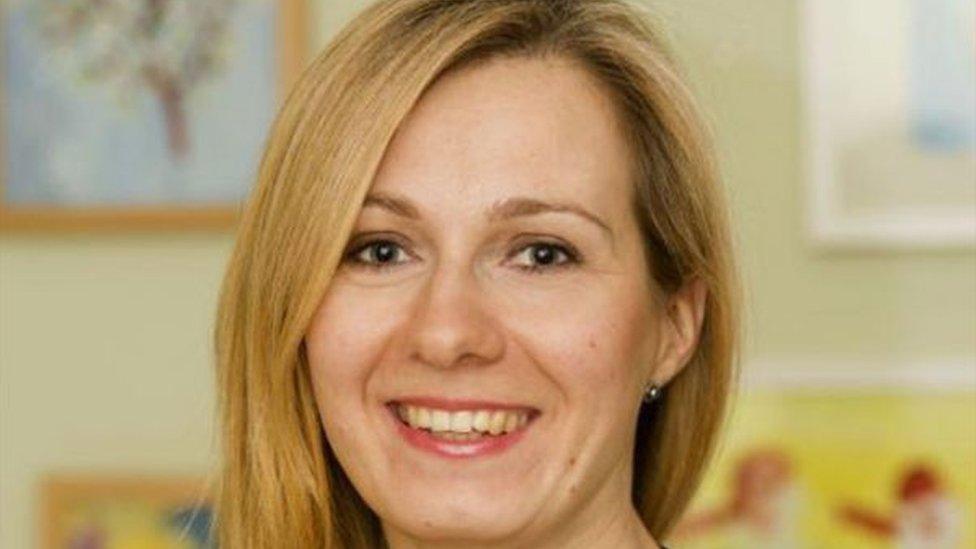Dr Marta Krawiec: Warnings ignored and yet another London cyclist dies
- Published
- comments

The junction of Southampton Row and Theobalds Road is a notorious blackspot
The terrible death of Dr Marta Krawiec while she was cycling to work in Clapham has again raised questions around cycling safety in London.
Dr Krawiec died in a crash with an HGV on a notorious blackspot at the junction of Southampton Row and Theobalds Road, near Holborn Tube station.
While we are still awaiting the results of a formal investigation, her death has appalling echoes of many other cycling deaths.
Dr Krawiec died on a junction that has a long, long history of issues. It is on a key cycling corridor and six cyclists have died near there in the past decade.
One of those was the well-known architect Francis Golding, who was hit by a coach in 2013.
I sat through the inquest back in 2014 and the Met reported then that in the previous 10 years there had been 77 collisions, 29 involving cyclists, of which 3 were fatal.
Many pedestrians have also been injured at the junction and the Met said in 2014: "Redesign ought to be reconsidered."

Paediatrician Marta Krawiec is the latest to die at the junction
The coroner also criticised the lack of urgency back in 2014, saying: "I'm disappointed Camden Council... and whoever else needs to be considered here... have not made greater progress since Mr Golding's death.
"I appreciate it is not a quick fix but progress has been slow. What I've been told is we've done a bit but not very much since November.
"I shall make a prevention of death report about the junction layout... Doesn't help Mr Golding, but it might help others."
Seven years later and those improvements have still not been made, and they seem to have stalled due to the pandemic.
Campaigners like the London Cycling Campaign (LCC) think the focus has switched from the more difficult and expensive junction improvements to cheaper "pop-up" lanes.

There has been a big increase in cycling in London during the pandemic
Transport for London's funding has been badly hit by the pandemic.
Insiders have told me the funding for the Liveable Neighbourhood programme, external, of which the Holborn improvements were a part, was paused due to that lack of finance.
Simon Munk, from the LCC, said: "Loads of boroughs have schemes with no changes to junctions and we are saying to the mayor and the councils 'if you know a junction is lethal, we want the critical issues fixed'.
"The real issue is they need to deliver safer junctions and safety seems to have slipped down the list of priorities."
'Vision Zero'
There has been a big increase in cycling during the pandemic and the authorities have a responsibility to make roads safer. Segregation in some places has been too slow.
The mayor of London previously tweeted: "To achieve our goal of zero deaths on our roads, we've implemented 260km of safer cycleways with more on the way. A five-fold increase in the amount of protected space for cyclists. Ninety low-traffic neighbourhoods.
"But we won't stop there. We will continue to make London's roads safer for everyone, including around Holborn, until we reach zero deaths."
Camden Council said: "Over the last year we have made many changes as part of our efforts to reach 'Vision Zero' of no deaths or serious injuries on London's roads. But we must still do more and this is a stark reminder that this work is urgent and we must redouble our efforts.
"We are working with the police and Transport for London and will await the findings of any investigation into the circumstances that led to this fatality."
But the question remains after so many years of known issues at this junction, which included the intervention of a coroner:
Why do vulnerable cyclists still have to share it with lorries that can struggle to see them?
Related topics
- Published5 August 2021

